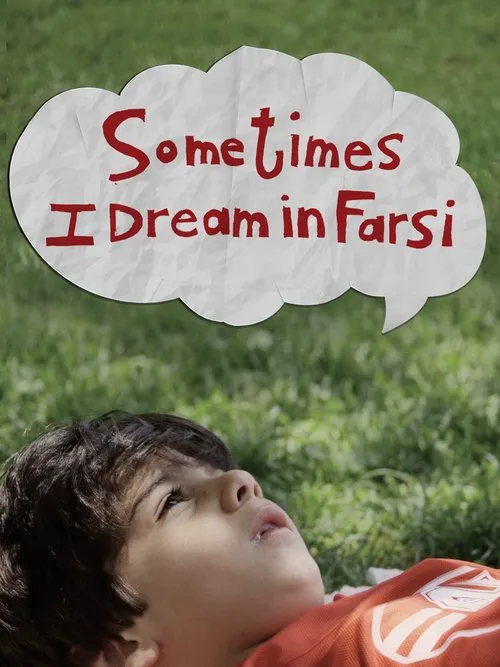Sometimes I Dream in Farsi

Plot
In the poignant documentary "Sometimes I Dream in Farsi," director Pirooz Kalayeh embarks on a personal and thought-provoking journey to confront the lingering trauma of a racist incident that occurred during his childhood. The film is an intimate exploration of Pirooz's experiences as an Iranian-American, delving into the complexities of identity, community, and the long-lasting effects of racism. At the heart of the documentary is a pivotal event in Pirooz's childhood, one that still resonates with him decades later. During a visit to a barbershop, Pirooz, then just a young boy, was refused a haircut by the barber, a man who saw him as nothing more than an outsider. The incident was a stark reminder that, despite being born in the United States, Pirooz was viewed as an "other," a Persian in a predominately non-Persian community. The memory of this painful experience sparks a sense of introspection within Pirooz, and he decides to revisit the barbershop where the incident took place. This journey serves as the catalyst for a deeper exploration of racism and its far-reaching consequences. Pirooz's visit to the barbershop becomes a turning point, prompting him to confront the ways in which this single incident has shaped his perception of himself and his place in the world. As Pirooz reflects on this childhood trauma, he begins to realize that his experience is not unique. The lingering effects of racism can have lasting impacts on individuals, families, and communities. In an effort to understand the full extent of its influence, Pirooz turns to role-playing exercise with those closest to him – his family, friends, and even children. Through these improvisational scenes, Pirooz illustrates the ways in which racism can seep into every aspect of life, often in insidious and subtle ways. He portrays the emotional toll of being marginalized, the strain on relationships, and the struggles to find one's identity in a society that often views him as an outsider. One of the most striking aspects of "Sometimes I Dream in Farsi" is its use of role-playing as a tool for healing and self-discovery. By exploring these fictional scenarios, Pirooz is able to confront the darker aspects of his own experiences, working to reclaim his narrative and redefine his sense of self. This innovative approach to storytelling allows viewers to witness Pirooz's growth and transformation firsthand, creating a deeply personal and relatable connection. Through his role-playing exercises, Pirooz sheds light on the ways in which racism can be learned and passed down through generations. His interactions with children, in particular, highlight the significance of early exposure to racism, emphasizing the importance of education and self-awareness in breaking the cycle. By confronting these difficult conversations and emotions head-on, Pirooz and his cast demonstrate the potential for healing and growth, even in the face of adversity. The documentary also underscores the importance of community and identity in navigating the complexities of racism. Pirooz's connections with his family and friends provide a sense of solidarity, emphasizing the value of empathy and support in the healing process. His relationships with others serve as a reminder that no one has to bear the weight of racism alone, that even in the darkest moments, there is always the possibility for connection and understanding. While Pirooz's story is undeniably personal, "Sometimes I Dream in Farsi" transcends its singular focus to become a powerful exploration of the universal experiences of racism, identity, and resilience. The documentary's unflinching portrayal of these issues offers a crucial reminder of the ongoing struggle to overcome systemic oppression, even as it highlights the potential for growth, healing, and redemption. Ultimately, "Sometimes I Dream in Farsi" is a testament to the human capacity for self-discovery and transformation. Through his courageous and vulnerable narrative, Pirooz Kalayeh invites viewers to join him on a journey of introspection, challenging them to confront their own biases and preconceptions. By doing so, he creates a space for dialogue, empathy, and understanding – essential components in breaking down the barriers that separate us.
Reviews
Recommendations


